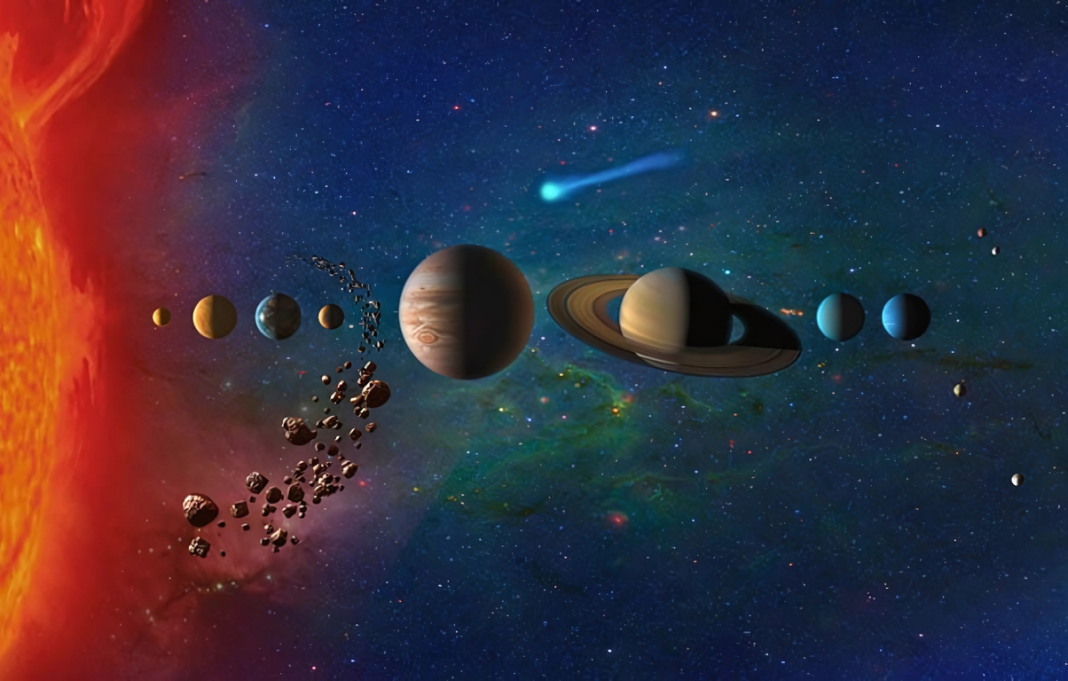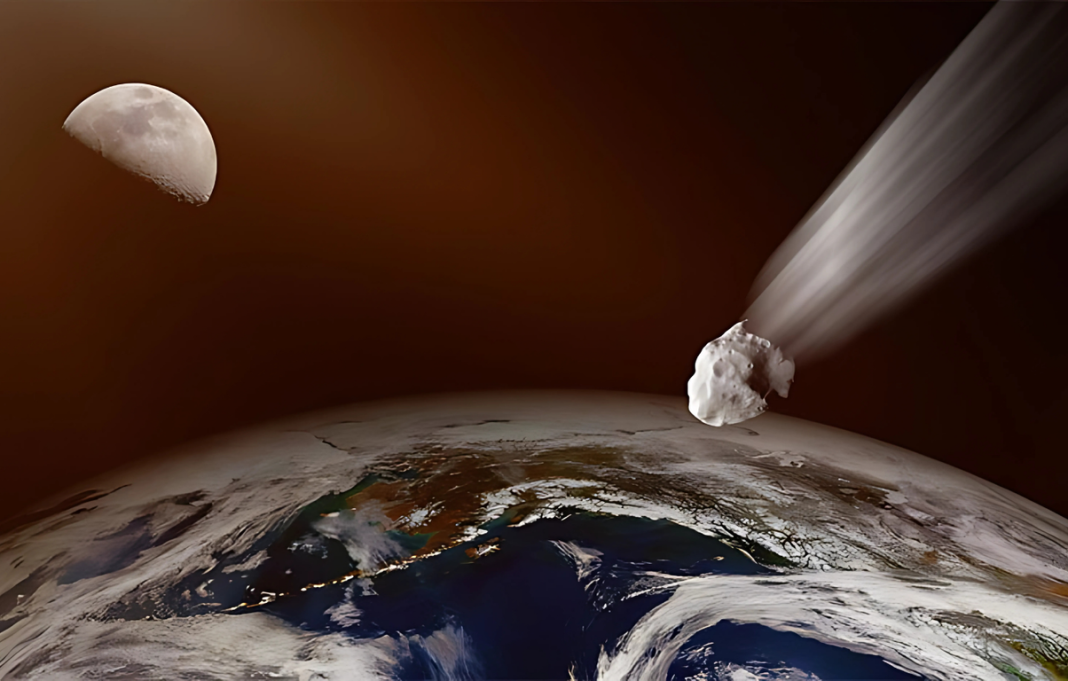A breathtaking celestial event is on the horizon! For a limited time, skywatchers will have the rare opportunity to witness seven planets aligning in the night sky. This planetary parade is an extraordinary phenomenon that will not occur again until 2040, making it a must-see event for stargazers and astronomy enthusiasts.
Contents
Which Planets Will Be Visible?
The solar system is made up of eight planets, with Earth being one of them.Since we observe the sky from Earth, our home planet is not included in this alignment. The seven planets that will be visible are:
- Mercury
- Venus
- Mars
- Jupiter
- Saturn
- Uranus
- Neptune
This unique cosmic alignment offers a rare glimpse of our solar system’s visible planets in one sweeping view.
When Will This Planetary Alignment Occur?
Mark your calendars! The planetary parade will take place on February 28. If you miss this celestial show, you must wait another 15 years to witness it again.
Best Time to Observe the Planetary Parade
To get the best view of this rare event, experts recommend looking up at the sky approximately 45 minutes after sunset. The planets will be most visible during this time, forming a near-perfect alignment across the night sky. This is the prime window for observing this astronomical wonder.
How to See the 7-Planet Alignment
While some planets will be visible to the naked eye, others require additional equipment for optimal viewing.
- Visible Without Equipment: Venus, Mars, Jupiter, and Uranus can be spotted without telescopes or binoculars.
- Requires a Telescope or Binoculars: Saturn, Neptune, and Mercury are fainter and require magnification for a clearer view.
Why Is This Event So Special?
Astronomical alignments involving multiple planets are rare occurrences. Typically, seeing more than four planets together in the night sky is already considered a special event. The alignment of seven planets is an exceptional sight that happens only a few times a lifetime.
Where Will the 7 Planets Appear?
The planets will align linearly, creating a stunning celestial display. This unique positioning is why astronomers consider the event a planetary parade. The visibility of each Earth may vary depending on local weather conditions, light pollution, and geographic location.
Tips for the Best Viewing Experience
- Find a Dark Location – Move away from city lights to reduce light pollution and enhance visibility.
- Check the Weather – Clear skies are essential for an unobstructed view of the planets.
- Use a Stargazing App – Apps like SkyView or Star Walk can help locate and identify planets in real time.
- Bring a Telescope or Binoculars – For a closer look at Mercury, Neptune, and Saturn, a telescope or high-powered binoculars will significantly improve your experience.
Final Thoughts
The rare seven-planet alignment is a must-see for astronomy lovers and casual stargazers. Since this celestial phenomenon will not happen again until 2040, it is a once-in-a-lifetime opportunity to witness the beauty of our solar system in a single night. Set your alarms for February 28, and don’t miss this extraordinary cosmic spectacle!



